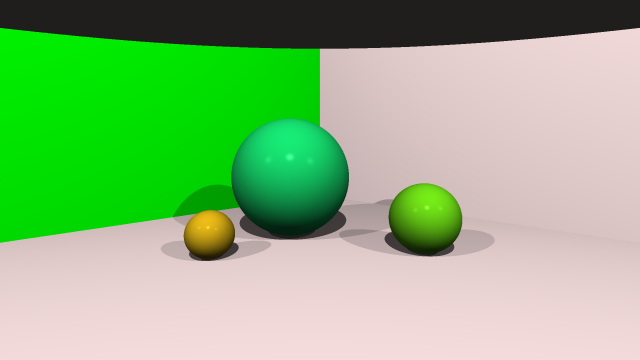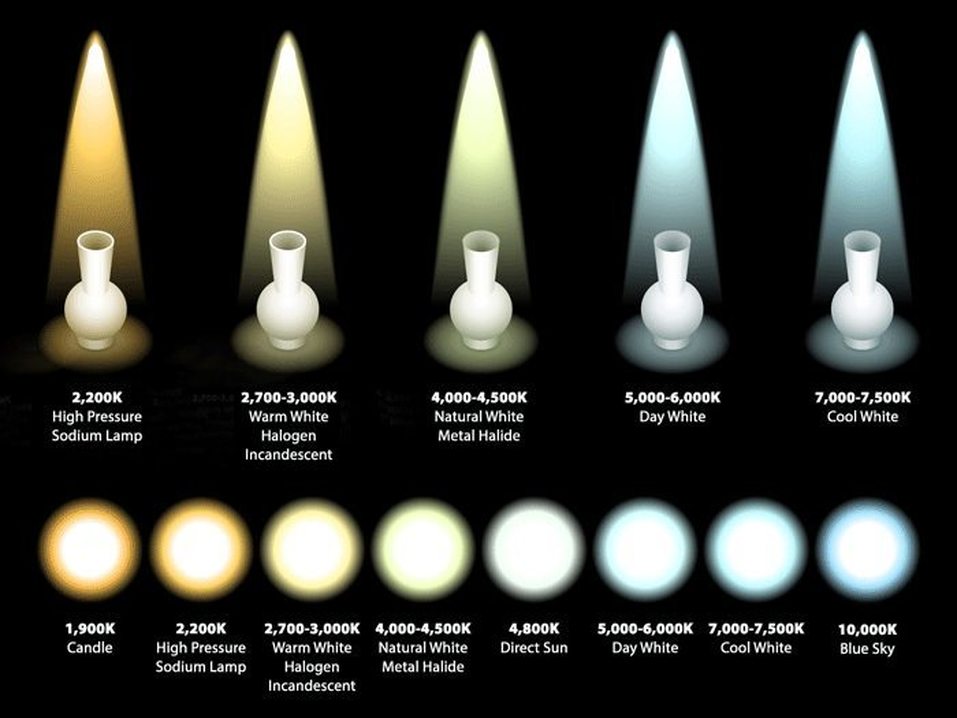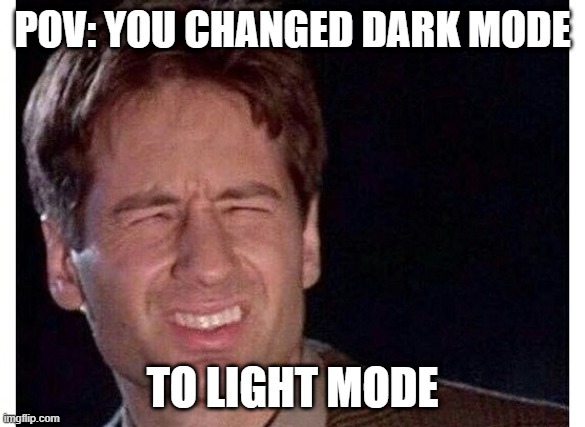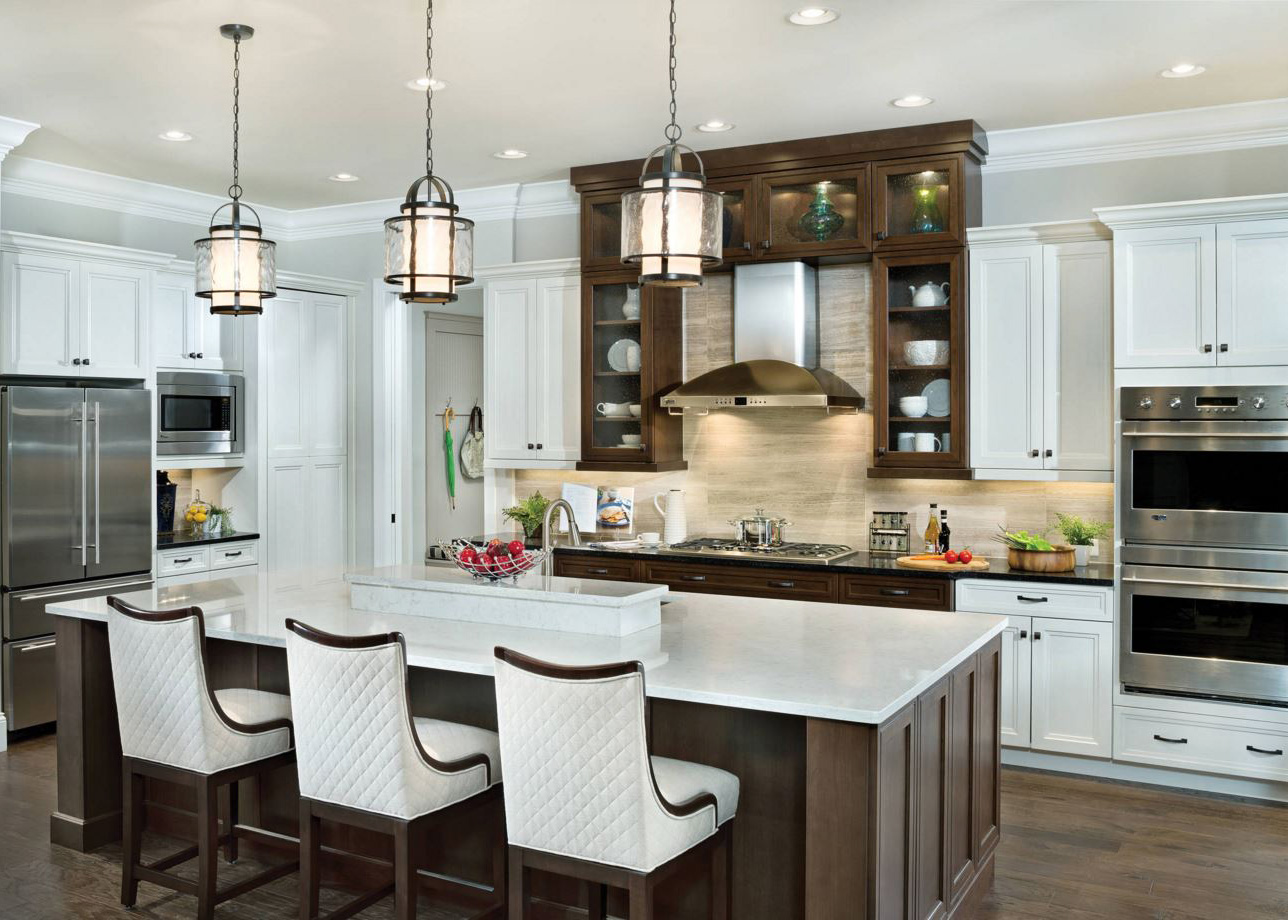When it comes to kitchen lighting, having multiple light sources is key. This will help to eliminate any shadows and provide more even lighting throughout the space. Plus, having multiple light sources can add depth and dimension to your kitchen, making it feel more inviting and cozy. For example, you can have overhead lighting for general illumination, under cabinet lighting for task lighting, and pendant lights over the kitchen island for ambient lighting. This combination will not only make your kitchen look more aesthetically pleasing, but it will also provide you with the necessary illumination for various activities in the kitchen. task lighting and ambient lightingDo use multiple light sources
While it may be tempting to just rely on one light source in your kitchen, this can make the space feel dull and uninviting. It can also create harsh shadows and make it difficult to see when working in the kitchen. Having only one light source can also make it challenging to create different moods in the kitchen. For instance, if you want a more relaxing atmosphere for a dinner party, having just one bright overhead light may not be ideal. harsh shadows and different moodsDon't use only one light source
Task lighting is essential in the kitchen, especially in areas where you will be working with sharp objects or precision tasks. This includes areas like the countertop, stove, and sink. Having dedicated task lighting in these areas will not only make it easier to see what you are doing, but it will also reduce eye strain and make your kitchen more functional. You can choose from options like under cabinet lights, track lighting, or even a small desk lamp for targeted task lighting. precision tasks and eye strainDo use task lighting
While overhead lighting is necessary for general illumination, it shouldn't be the only source of light in your kitchen. This type of lighting can be too bright and create harsh shadows, making it difficult to see while working in the kitchen. Instead, incorporate other light sources like under cabinet lighting or pendant lights to balance out the lighting in your kitchen. This will not only make your kitchen more functional, but it will also add visual interest and ambiance to the space. harsh shadows and visual interestDon't rely on overhead lighting
The color temperature of your lights can greatly impact the overall look and feel of your kitchen. Color temperature is measured in Kelvin and can range from warm (yellow) to cool (blue) tones. For the kitchen, it is recommended to use lights with a color temperature between 2700-3000K. This will provide a warm and inviting atmosphere without making it too yellow or too blue. It is also important to make sure that all the lights in your kitchen have the same color temperature to avoid a mismatched look. color temperature and warm and invitingDo consider the color temperature of your lights
As mentioned before, it is crucial to have all the lights in your kitchen with the same color temperature. Mixing different color temperatures can create an unbalanced and unappealing look in the space. For example, having warm yellow lights in the kitchen and cool blue lights in the dining area can make the transition between the two spaces feel jarring. Stick to one color temperature for a cohesive and visually pleasing look. unbalanced and cohesiveDon't mix different color temperatures
Having the ability to adjust the brightness of your kitchen lights is essential. This is where dimmer switches come in handy. They allow you to control the intensity of the light in your kitchen, making it easier to create different moods and ambiance. Dimmer switches are also great for saving energy and extending the lifespan of your light bulbs. You can dim the lights when you don't need them to be too bright, and this will help to reduce your energy consumption and lower your electricity bill. adjust the brightness and energy consumptionDo use dimmer switches
Having lights that are either too bright or too dim can be frustrating and impractical in the kitchen. Too bright lights can cause glare and make it difficult to see, while too dim lights can strain your eyes and make it challenging to work in the kitchen. Make sure to choose the appropriate wattage for your kitchen lights, depending on the size and purpose of the space. You can also consider using LED lights, which are energy-efficient and have adjustable brightness options. glare and strain your eyesDon't have lights that are too bright or too dim
Layering your lighting is essential for creating a well-lit and visually appealing kitchen. This means incorporating different types of lighting, such as ambient, task, and accent lighting, to create depth and balance in the space. For example, you can use pendant lights over the kitchen island for ambient lighting, under cabinet lights for task lighting, and a statement chandelier for accent lighting. This combination will not only make your kitchen more functional, but it will also add character and style to the space. well-lit and character and styleDo layer your lighting
Having all your kitchen lights at the same level can make the space feel flat and uninspired. Instead, try to vary the height of your lights to create visual interest and add dimension to the space. For example, you can have pendant lights at different heights over the kitchen island, a chandelier above the dining table, and under cabinet lights at a lower level. This will not only make your kitchen look more visually appealing, but it will also provide more even lighting throughout the space. flat and uninspired and visual interestDon't have all your lights at the same level
The Importance of Balance in Kitchen Lighting

Find the Perfect Balance
 When it comes to kitchen lighting, finding the right balance is essential. Too much light can be harsh and overwhelming, while too little can make it difficult to see and work efficiently.
Properly balancing your kitchen lighting not only enhances the aesthetic appeal of the space, but it also improves functionality and safety.
Here are some dos and don'ts to keep in mind when it comes to creating the perfect balance in your kitchen lighting.
When it comes to kitchen lighting, finding the right balance is essential. Too much light can be harsh and overwhelming, while too little can make it difficult to see and work efficiently.
Properly balancing your kitchen lighting not only enhances the aesthetic appeal of the space, but it also improves functionality and safety.
Here are some dos and don'ts to keep in mind when it comes to creating the perfect balance in your kitchen lighting.
Do: Incorporate Layers of Lighting
 One of the best ways to achieve balance in kitchen lighting is by incorporating multiple layers of light. This includes ambient, task, and accent lighting.
Ambient lighting provides overall illumination to the space, while task lighting focuses on specific areas where you need brighter light for tasks such as cooking and food preparation.
Accent lighting, on the other hand, adds depth and dimension to the space by highlighting certain features or decorative elements. By combining these layers, you can create a well-lit and balanced kitchen.
One of the best ways to achieve balance in kitchen lighting is by incorporating multiple layers of light. This includes ambient, task, and accent lighting.
Ambient lighting provides overall illumination to the space, while task lighting focuses on specific areas where you need brighter light for tasks such as cooking and food preparation.
Accent lighting, on the other hand, adds depth and dimension to the space by highlighting certain features or decorative elements. By combining these layers, you can create a well-lit and balanced kitchen.
Don't: Rely on a Single Source of Light
 Many homeowners make the mistake of relying on a single source of light to illuminate their kitchen. This can result in uneven and insufficient lighting, creating shadows and dark spots in the space.
Instead, use a variety of lighting fixtures such as overhead lights, under cabinet lights, and pendant lights to evenly distribute light throughout the kitchen.
Many homeowners make the mistake of relying on a single source of light to illuminate their kitchen. This can result in uneven and insufficient lighting, creating shadows and dark spots in the space.
Instead, use a variety of lighting fixtures such as overhead lights, under cabinet lights, and pendant lights to evenly distribute light throughout the kitchen.
Do: Consider Natural Light
 Natural light is a great way to balance your kitchen lighting.
Not only does it provide free and energy-efficient lighting, but it also adds a warm and inviting atmosphere to the space.
Consider incorporating windows or skylights in your kitchen design to let in natural light. You can also use sheer curtains or blinds to control the amount of light coming in.
Natural light is a great way to balance your kitchen lighting.
Not only does it provide free and energy-efficient lighting, but it also adds a warm and inviting atmosphere to the space.
Consider incorporating windows or skylights in your kitchen design to let in natural light. You can also use sheer curtains or blinds to control the amount of light coming in.
Don't: Neglect Dimmers
 Dimmers are a great way to adjust the intensity of your kitchen lighting and create the perfect balance.
They allow you to control the brightness of the lights, making it easy to switch between bright and ambient lighting.
This is especially useful for entertaining or creating a more relaxed atmosphere in the kitchen.
Dimmers are a great way to adjust the intensity of your kitchen lighting and create the perfect balance.
They allow you to control the brightness of the lights, making it easy to switch between bright and ambient lighting.
This is especially useful for entertaining or creating a more relaxed atmosphere in the kitchen.
Do: Choose the Right Bulbs
 The type of bulbs you choose for your kitchen lighting can make a big difference in achieving the perfect balance.
LED bulbs are a popular choice for kitchen lighting as they are energy-efficient, long-lasting, and come in a variety of color temperatures to suit your needs.
For task lighting, opt for cooler color temperatures (between 3500K-5000K) to improve visibility, while warmer color temperatures (between 2700K-3000K) are better for ambient and accent lighting.
Be sure to also consider the lumens (brightness) of the bulbs to ensure they provide adequate lighting for your space.
The type of bulbs you choose for your kitchen lighting can make a big difference in achieving the perfect balance.
LED bulbs are a popular choice for kitchen lighting as they are energy-efficient, long-lasting, and come in a variety of color temperatures to suit your needs.
For task lighting, opt for cooler color temperatures (between 3500K-5000K) to improve visibility, while warmer color temperatures (between 2700K-3000K) are better for ambient and accent lighting.
Be sure to also consider the lumens (brightness) of the bulbs to ensure they provide adequate lighting for your space.
Don't: Forget about Safety
 Finally, when it comes to kitchen lighting, safety should always be a top priority.
Make sure all lighting fixtures are installed properly and away from water sources to prevent electrical hazards. Avoid placing light fixtures too close to the stove or other heat sources to reduce the risk of fire.
It is also important to regularly check and replace any burnt out bulbs to maintain a well-lit and safe kitchen.
By following these dos and don'ts, you can achieve the perfect balance in your kitchen lighting, creating a functional, safe, and visually appealing space.
Remember to always consider the layout and design of your kitchen, as well as your personal preferences, when choosing and arranging lighting fixtures. With the right lighting, your kitchen can become the heart of your home.
Finally, when it comes to kitchen lighting, safety should always be a top priority.
Make sure all lighting fixtures are installed properly and away from water sources to prevent electrical hazards. Avoid placing light fixtures too close to the stove or other heat sources to reduce the risk of fire.
It is also important to regularly check and replace any burnt out bulbs to maintain a well-lit and safe kitchen.
By following these dos and don'ts, you can achieve the perfect balance in your kitchen lighting, creating a functional, safe, and visually appealing space.
Remember to always consider the layout and design of your kitchen, as well as your personal preferences, when choosing and arranging lighting fixtures. With the right lighting, your kitchen can become the heart of your home.






































































:max_bytes(150000):strip_icc()/man-adjusting-light-dimmer-88295299-584078775f9b5851e5948a2f.jpg)








/cdn.vox-cdn.com/uploads/chorus_image/image/66345597/9_smart_dimmer.0.jpg)










































